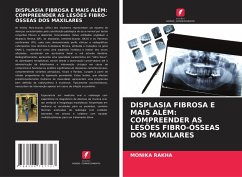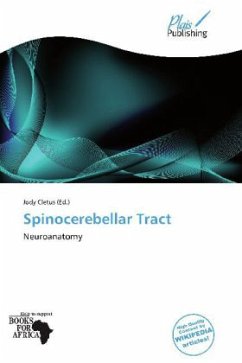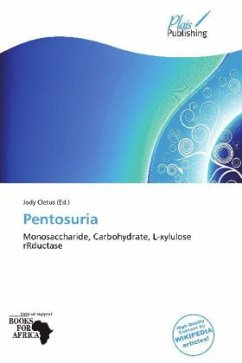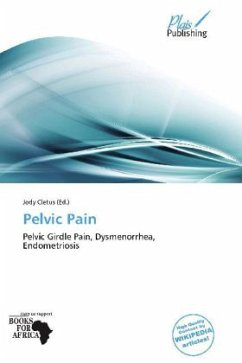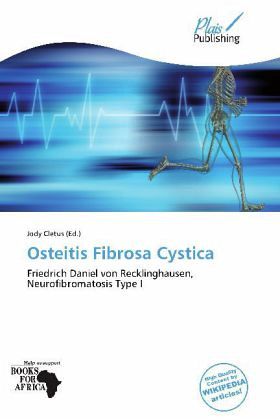
Osteitis Fibrosa Cystica
Friedrich Daniel von Recklinghausen, Neurofibromatosis Type I
Herausgegeben: Cletus, Jody
Versandkostenfrei!
Versandfertig in 6-10 Tagen
19,99 €
inkl. MwSt.

PAYBACK Punkte
10 °P sammeln!
Osteitis fibrosa cystica, abbreviated OFC, and also known as osteitis fibrosa, osteodystrophia fibrosa, or Von Recklinghausen's disease of bone (not to be confused with neurofibromatosis type I) is a skeletal disorder caused by a surplus of parathyroid hormone from over-active parathyroid glands. This surplus stimulates the activity of osteoclasts, cells that break down bone, in a process known as osteoclastic bone resorption. The over-activity of the parathyroid glands, or hyperparathyroidism, can be triggered by parathyroid adenoma, hereditary factors, parathyroid carcinoma, or renal osteody...
Osteitis fibrosa cystica, abbreviated OFC, and also known as osteitis fibrosa, osteodystrophia fibrosa, or Von Recklinghausen's disease of bone (not to be confused with neurofibromatosis type I) is a skeletal disorder caused by a surplus of parathyroid hormone from over-active parathyroid glands. This surplus stimulates the activity of osteoclasts, cells that break down bone, in a process known as osteoclastic bone resorption. The over-activity of the parathyroid glands, or hyperparathyroidism, can be triggered by parathyroid adenoma, hereditary factors, parathyroid carcinoma, or renal osteodystrophy. Osteoclastic bone resorption releases minerals, including calcium, from the bone into the bloodstream.




